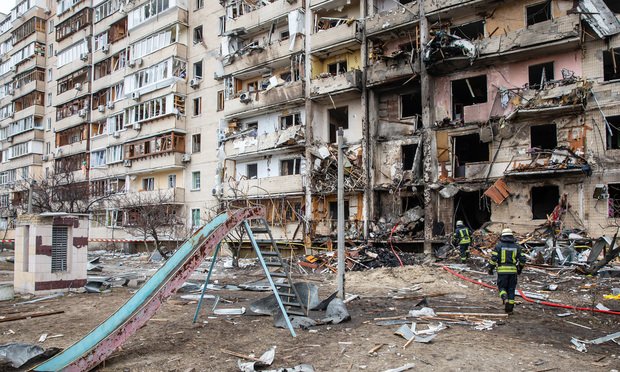 "Indirect investments through suppliers and customers of U.S. and European companies may still be impacted, similarly to the already substantial impact on commodity and energy markets," Jason Hopper, associate director, industry research and analytics, AM Best, said in a release. (Credit: Drop of Light/Shutterstock.com)
"Indirect investments through suppliers and customers of U.S. and European companies may still be impacted, similarly to the already substantial impact on commodity and energy markets," Jason Hopper, associate director, industry research and analytics, AM Best, said in a release. (Credit: Drop of Light/Shutterstock.com)
While U.S. insurers only have less than $2 billion in bonds that are exposed as a result of the Russian invasion of Ukraine, AM Best reported the industry's indirect exposures might be more substantial.
Recommended For You
Want to continue reading?
Become a Free PropertyCasualty360 Digital Reader
Your access to unlimited PropertyCasualty360 content isn’t changing.
Once you are an ALM digital member, you’ll receive:
- Breaking insurance news and analysis, on-site and via our newsletters and custom alerts
- Weekly Insurance Speak podcast featuring exclusive interviews with industry leaders
- Educational webcasts, white papers, and ebooks from industry thought leaders
- Critical converage of the employee benefits and financial advisory markets on our other ALM sites, BenefitsPRO and ThinkAdvisor
Already have an account? Sign In Now


